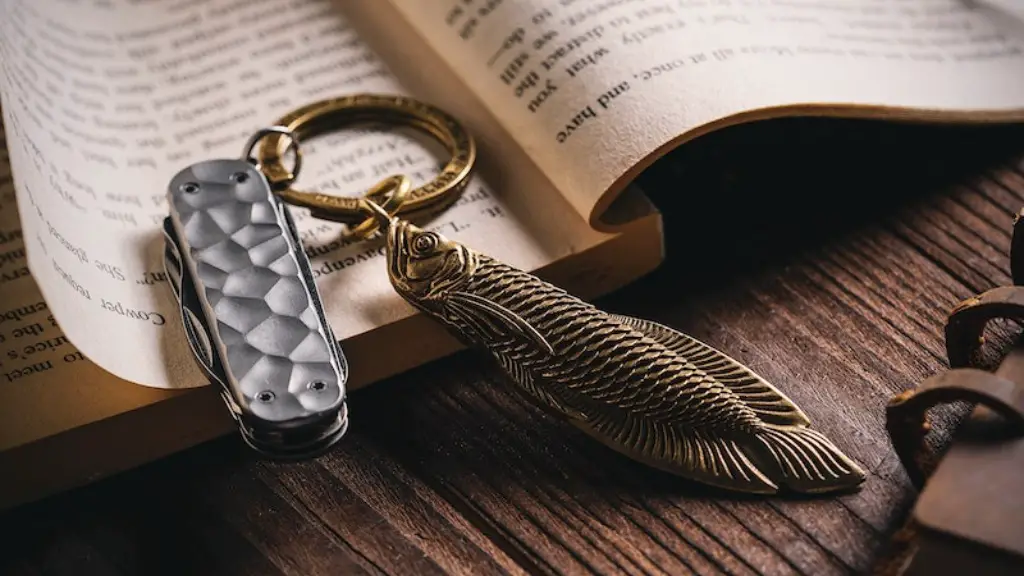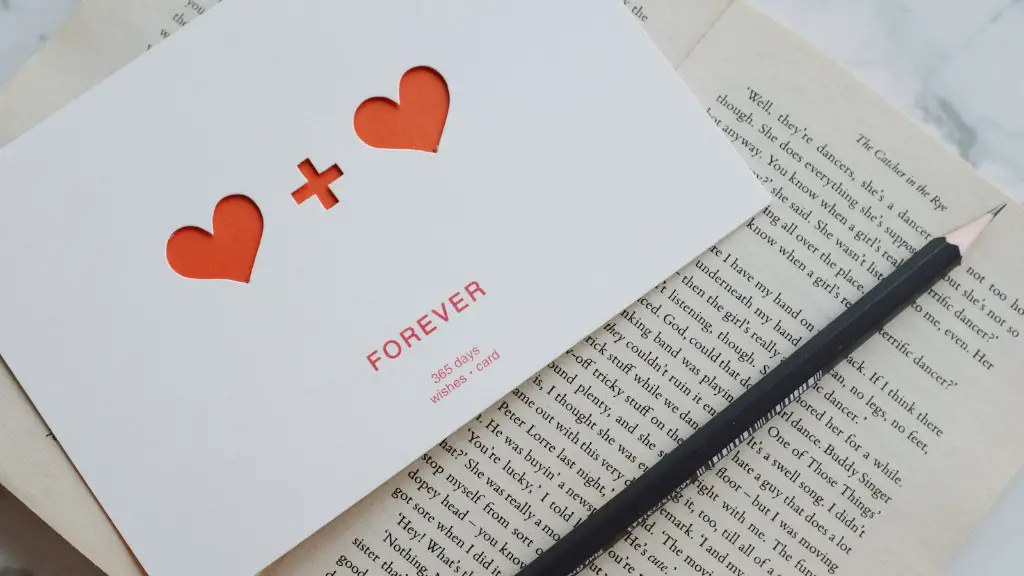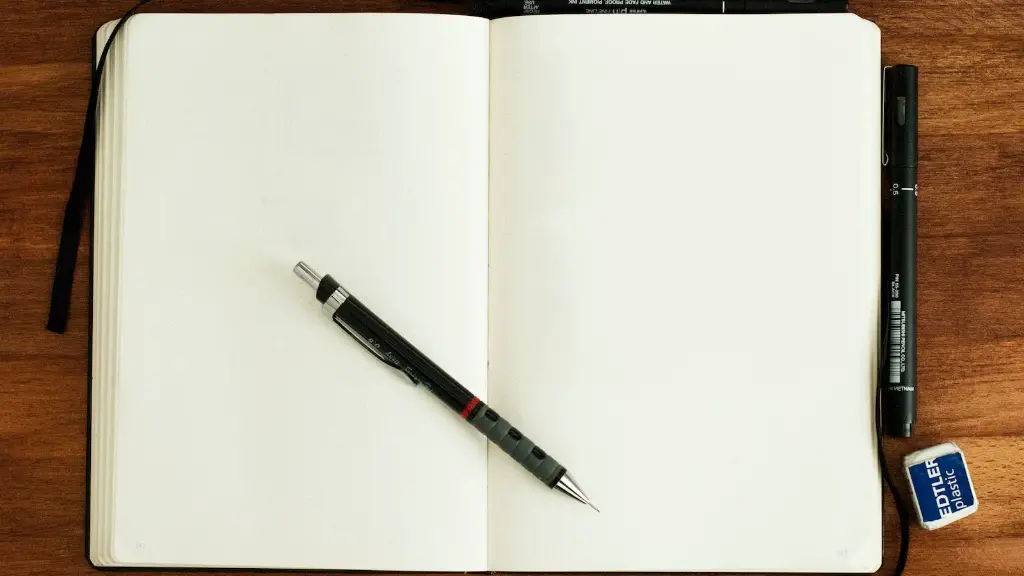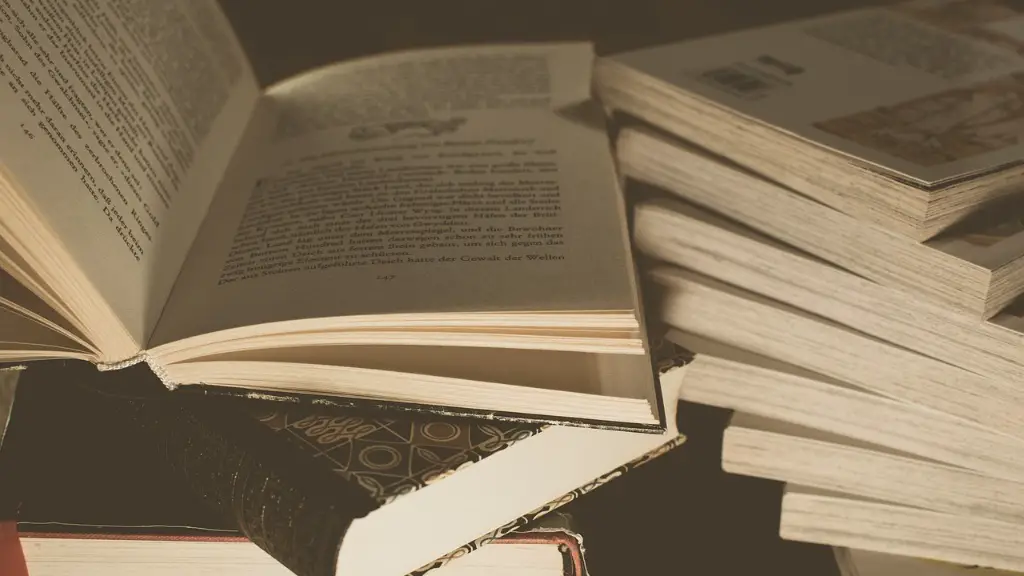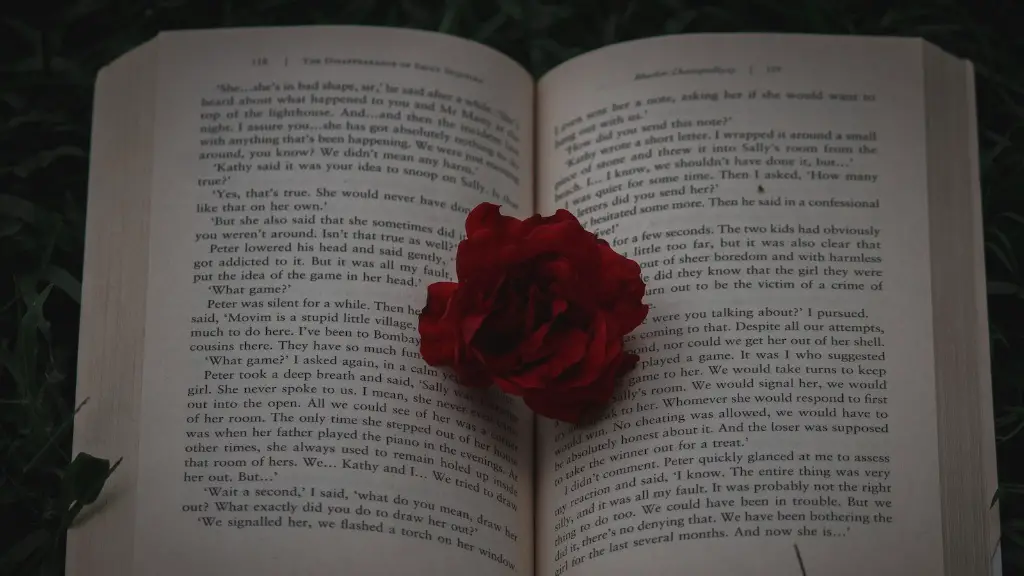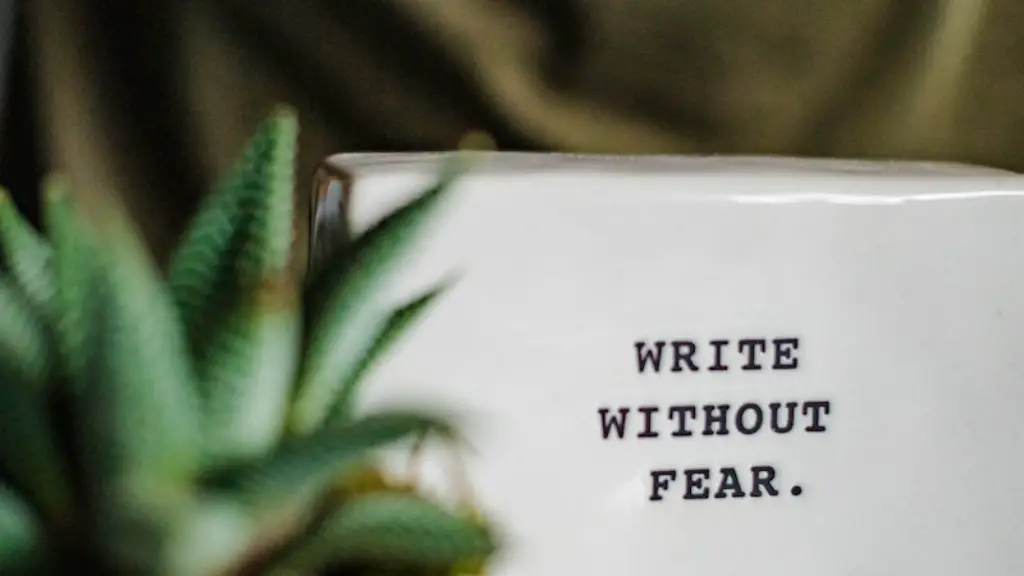Emily Dickinson was an incredible poet who had a unique style unlike any other writer of her time. Her poems were often short, with simple language that belied the depth of her thoughts and feelings. In this lesson, we’ll look at some of the techniques Dickinson used to create her distinctive voice, and how you can use them to write like her.
There’s no one definitive answer to this question, as everyone has their own unique style of writing. However, if you’re looking to emulate the literary style of Emily Dickinson, here are a few tips to keep in mind:
1. Use simple, straightforward language. Dickinson’s poetry is often lauded for its accessibility, so avoid using unnecessarily complex or flowery language.
2. Pay close attention to the sounds of words. Dickinson was known for her use of literary techniques like alliteration and assonance, which helped create a musical quality in her work.
3. Be concise. Dickinson was known for her use of brevity in her poetry, so don’t be afraid to edit your work down to its essentials.
4. Experiment with form. Dickinson often wrote her poems in unconventional formats, so don’t be afraid to experiment with different ways of arranging your words on the page.
5. Focus on the details. Dickinson’s poems often capture the beauty of the everyday, so don’t be afraid to zoom in on the small details in your own writing.
What is the writing style of Emily Dickinson?
Emily Dickinson’s writing style is most certainly unique. She used extensive dashes, dots, and unconventional capitalization, in addition to vivid imagery and idiosyncratic vocabulary. Instead of using pentameter, she was more inclined to use trimester, tetrameter, and even dimeter at times. This made her writing very difficult to read for some, but also very intriguing. It’s clear that she was a very talented writer who knew how to create beautiful images with her words.
Emily Dickinson’s poems are often written in short stanzas, mostly quatrains, with short lines. This form allows her to pack a lot of meaning into a small space, and also creates a certain musicality in the way the lines flow. Other stanzas employ triplets or pairs of couplets, and a few poems employ longer, looser, and more complicated stanzas. This variety allows Dickinson to create different effects in her poems, depending on what she is trying to communicate.
What are two characteristics of Emily Dickinson’s style
Dickinson’s use of dashes and capitalization is unique and adds to the rhythm of her poems. It is not clear why she chose to use these methods, but they are effective in conveying her meaning.
Emily Dickinson is a unique poet with a range of different tones in her poetry. She has poems about death and suffering which are quite pessimistic and depressing, very dark and gloomy. But she also has some poems that read like tiny essays with a cognition above and beyond all other poets.
What makes Emily Dickinson so special?
Emily Dickinson’s poems are known for their originality and for their use of language. Her poems are often compared to those of other poets, such as Robert Frost and T.S. Eliot. Dickinson’s use of language is often seen as one of her most important features.
Emily Dickinson’s poetry is characterized by its use of the ABCB rhyme scheme. This means that in a stanza of four lines, the second and fourth lines rhyme, but the first and third do not. This rhyme scheme is often used in ballads and helps to create a sense of rhythm and movement in the poem.
What is Emily Dickinson most famous quote?
Hope is the light in the darkness that guides us to our goals. It is the music that soothes our souls and the warmth that fills our hearts. Hope is what gives us the strength to keep going, even when everything seems hopeless. It is the thing that never stops, even when the journey is long and difficult.
Among many poets, Emily Dickinson was one of the poets who used figurative language in her poems. She was one of the most popular American poets in the 18th century. She was born on December 10th, 1830.
Was Emily Dickinson a Romantic or realist
Emily Dickinson is one of the most renowned female poets of this literary era. As a Romantic figure, she was influenced by transcendentalism and dark romanticism. Dickinson is known for her unique style of writing that bridges the gap between Romanticism and Realism. Her works focus on expressing the hidden consciousness of fragmented thoughts.
In her essay “Emily Dickinson’s ‘Different’ Voice,” scholar Nancy Miller argues that we need to rethink how we read Dickinson in relation to her literary contemporaries. Miller points to the fact that scholars often present Dickinson as an outlier, someone who didn’t really fit in with her peers. But Miller argues that we need to see Dickinson as part of a larger literary tradition, one that includes other women writers like Louisa May Alcott and Harriet Beecher Stowe. By understanding Dickinson in this way, we can better appreciate her unique contributions to American literature.
Did Emily Dickinson use slant rhyme?
Slant rhyme, also known as half-rhyme, is a type of rhyme that occurs when two words share a similar, but not identical, sound. Slant rhyme is often used in poetry to create a more subtle rhyming effect.
Emily Dickinson is one of the most famous poets to have used slant rhyme in her work. Some examples of slant rhyme in Dickinson’s poems include “dying” and “flying” in “Because I could not stop for Death,” and “heart” and “part” in “I Heard a Fly Buzz-When I Died.”
Another poet known for his use of slant rhyme is William Butler Yeats. In Yeats’ poem “The Lake Isle of Innisfree,” the words “bees” and “knees” constitute a slant rhyme.
Wilfred Owen is yet another poet who frequently employed slant rhyme in his war poems. For example, in “Dulce et Decorum est,” Owen rhymes the words “gas” and “mass.”
Emily Dickinson frequently used the color purple in her poems. It appears that purple was her favorite color. She mentioned the color purple in her poems 54 times in 54 poems. The study discusses the various meanings of the color purple in Emily Dickinson’s poetry.
Who was Emily Dickinson’s true love
Although Emily Dickinson is often thought of as a reclusive figure, it seems that she had a close and lasting relationship with her childhood friend Susan Gilbert. Scholarship has indicated that the two women had a lifelong love affair, which continued even after Susan married Emily’s brother Austin Dickinson. It seems that the two women remained close throughout their lives, living next door to each other in their adult years.
Susan Gilbert was the orphaned daughter of a mathematician, and she and Emily Dickinson met when both were just teenagers. Gilbert was shy and introspective, and Dickinson was immediately drawn to her. They began a intense and passionate relationship that would last for the rest of their lives. Gilbert was the love of Dickinson’s life, and she inspired some of her greatest poetry.
Who did Emily Dickinson marry?
Dickinson was a very private person and only shared her thoughts and feelings with a select few people. She never married, and most of her friendships were based entirely on correspondence. Even though she was a prolific writer, only a small portion of her work was published during her lifetime.
There is no one-size-fits-all answer to this question, as the amount of money that is considered to be a “lot” of money varies from person to person. However, in general, a “lot” of money is usually considered to be a large sum of money that is much more than what most people earn in a year.
Does Emily Dickinson write iambic pentameter
Dickinson’s rejection of traditional poetic forms was a Renegade move that changed the course of American literature. Her use of the hymn meter was much more suited to her revolutionary expression and allowed her to create some of the most memorable and innovative poetry of her time.
“It’s not a comedy, nor a drama, nor even quite a ‘dramedy.’ It’s at least adjacent to a teen show in the vein of a high school series you might find on the CW, until it’s not. It’s not parody, nor entirely sincere.”
This show is difficult to categorize, but that’s part of what makes it so interesting. It blends genres and tones in a way that feels fresh and unique. It’s worth watching for anyone who wants to see something different.
Final Words
In order to write like Emily Dickinson, it is important to capture the essence of her unique style. Dickinson was known for her use of imagery and lightheartedness which is why her poems often had a dark undertone. It is also important to use simple language in order to create an enigmatic effect.
There is no one definitive answer to this question. Each person has their own unique style that they bring to their writing, and there is no right or wrong way to do it. Emily Dickinson was a highly creative and innovative writer, and her style reflects that. If you want to write like her, the best advice is to be true to yourself and let your own creativity shine through.
